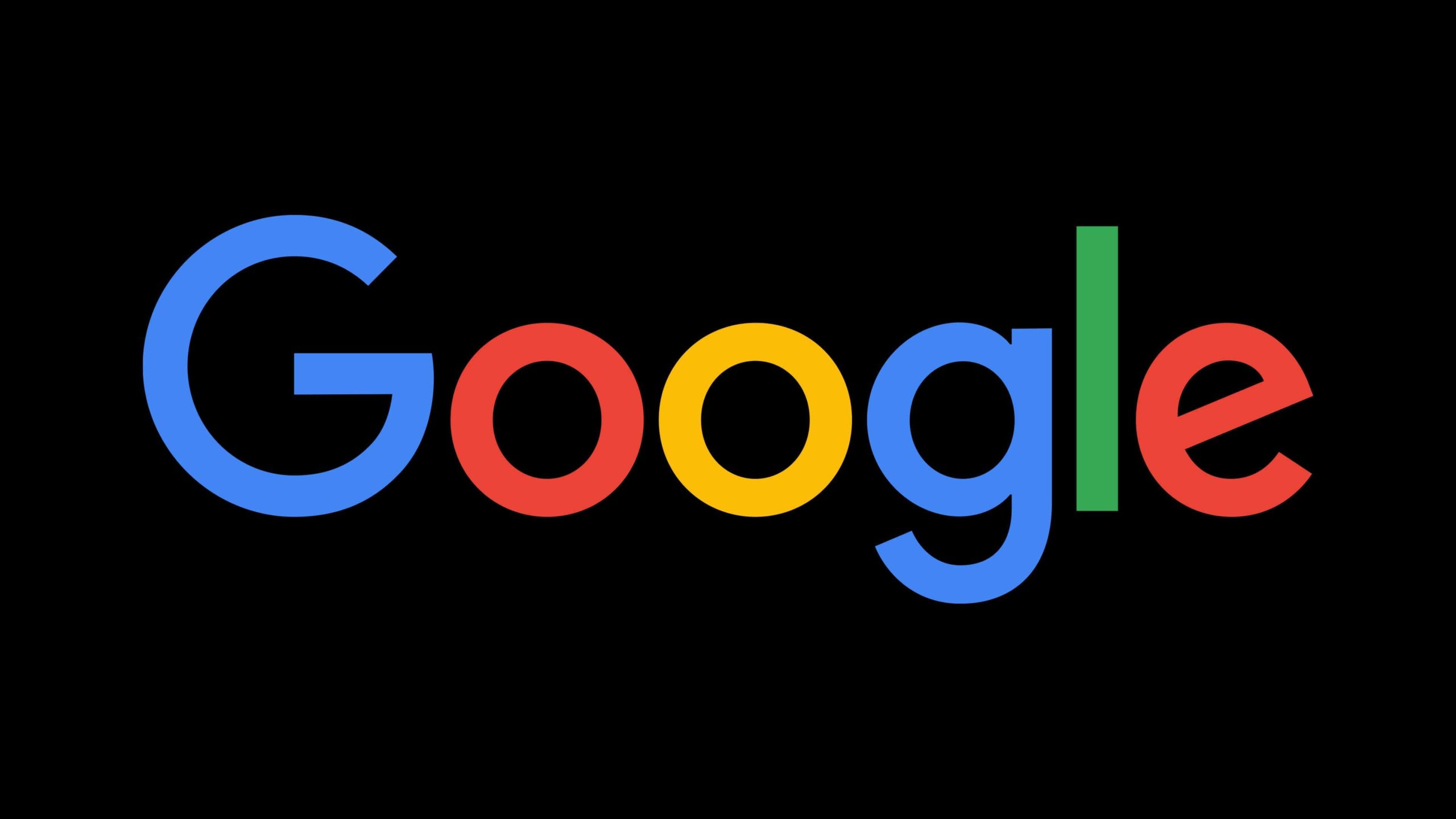Google TV Streamer arrives early in global stores: unboxing details

Top 3 Key Points:
- Google TV Streamer was spotted in the UK, Germany, and Canada ahead of the official launch.
- Pre-orders open in the U.S., but the device is already on shelves elsewhere.
- Unboxing reveals compact packaging and efficient design with a day-one software update.
Google TV Streamer Hits Global Shelves Ahead of Official U.S. Launch
Despite its U.S. release being slated for September 24, the Google TV Streamer has already appeared in stores worldwide. Early reports indicate that UK, Germany, and Canada users have managed to purchase and unbox the device before the official launch date.
Available for Purchase in Global Markets
While the U.S. still only offers pre-orders, customers in other regions have successfully picked up the new streaming device. Over the weekend, various sources confirmed sightings in physical stores and online platforms outside the U.S. For example, UK buyers can already place orders through third-party retailers, and some customers have managed to buy, set up, and begin using the device.
Unboxing and Initial Setup
Those lucky enough to get their hands on the Google TV Streamer early have shared their unboxing experiences. The device comes with a new Voice Remote, and both the streamer and remote are similar in length, showcasing a sleek, compact design. The box contains four main components: the Google TV Streamer, the Voice Remote, a USB adapter, and a 1.8-meter USB-C to USB-A cable. All these pieces are neatly organized in individual trays, and the packaging design is notable for its eco-friendly approach.
The packaging, which doesn’t use an outer sleeve like other Google products such as the Pixel 9 or Nest Learning Thermostat, is crafted using a plastic-free design. Each component fits securely into its tray, with a flexible plastic cover keeping everything in place.
Eco-Friendly Packaging
Google’s focus on sustainability is evident in its packaging design. According to the company’s Plastic-Free Packaging Design Guide, the box includes a hinged insert and a thin, tear-resistant cover, which reduces material usage compared to traditional two-tray packaging. This design ensures that the entire tray can be removed without risking any components falling out prematurely.
Software and Storage
Upon setting up the device, some users have reported a day-one software update. Storage-wise, there is about 24 GB of available space out of the 32 GB advertised, leaving plenty of room for apps and media.
The Google TV Streamer’s early availability outside the U.S. has created excitement ahead of its official launch. With its sleek design, eco-friendly packaging, and ample storage, it’s shaping up to be a strong contender in the streaming device market.
Android
Google’s May 2025 Android updates: better performance and messaging

Google’s May 2025 Android updates bring exciting changes to improve how your phone works and how you message. These updates focus on making devices faster, safer, and more user-friendly.
One big change is to Android’s memory system. By increasing the memory page size from 4KB to 16KB on newer devices, apps can load quicker and use less power. This helps phones, especially those with modern chips, run smoothly and save battery life. Older devices will stick with the smaller page size to avoid issues.
The Google System Updates for May also add new features. Google Wallet now supports more card types and makes transit passes easier to use in apps like Google Maps. The Play Store now shows video previews of apps, helping you decide what to download. There are also fixes to improve battery life, storage, and network performance, making your phone more reliable.
For Google Messages, a new “delete for everyone” feature lets you remove sent messages from group chats within 15 minutes. This works for both RCS and SMS, so you can fix mistakes easily. Other messaging upgrades include better scam detection and the ability to send high-quality photos and videos. These updates show Google’s effort to make Android devices faster, more secure, and better for communication. Keep your phone updated to enjoy these improvements!
Smart home and navigation upgrades for easier living

Google Maps is making driving more fun with a new feature for Android Auto and Apple CarPlay. Now, you can pick different car icons to show your vehicle on the map. Choose from options like a sleek sedan, a rugged SUV, or a cool arrow.
This small change adds a personal touch to your navigation and is rolling out to all users soon. Meanwhile, Ecobee’s Smart Doorbell Camera is getting a big upgrade with Google Home support. You can now see who’s at your door right from the Google Home app, view live video, and even talk to visitors.
If you have a Nest Hub, the doorbell feed pops up automatically when someone rings. This feature, already available for Ecobee’s thermostat, makes your smart home setup smoother and is available now for all users. On the AI front, Google’s Gemini app is getting smarter with the Gemini 2.5 Pro preview.
This update improves coding skills, helping developers create better apps and websites. It also handles video and text tasks more effectively. The preview is out for everyone to try, with Google planning to share more at its I/O 2025 event. These updates from Google and Ecobee bring small but meaningful improvements, making your car rides, home security, and digital tasks easier and more enjoyable.
Google updates Chrome, Search, and Play Store for better user experience

Google is rolling out exciting updates to make browsing, searching, and downloading apps smoother and safer for Android users. These changes focus on improving Chrome’s security, redesigning the Google Search bar, and enhancing the Google Play Store’s download process.
Chrome’s Improved Security
Google Chrome now offers stronger protection with “Enhanced Safe Browsing” powered by Gemini Nano, an AI model that works directly on your device. This feature checks websites in real-time to spot phishing attempts and other online threats, keeping your data safe without relying on cloud servers. It’s a step up from the standard protection, giving users more peace of mind while browsing.
Redesigned Google Search Bar
The Google Search bar on Android is getting a fresh look. It’s now simpler and easier to use, with a modern design that fits better with your phone’s home screen. The updated widget lets you access Search, Lens, or voice commands quickly. The new layout is clean and user-friendly, making searches faster and more intuitive.
Better Play Store Downloads
The Google Play Store is improving how it shows app download progress. A new notification design displays a progress bar right in your notification panel, so you can track downloads without opening the app. This small but helpful change makes managing app installs more convenient.
These updates show Google’s focus on creating a safer, simpler, and more efficient experience for Android users. They’re rolling out gradually, so keep an eye out for them on your device!
-

 Apps1 year ago
Apps1 year agoGboard Proofread feature will support selected text
-

 News1 year ago
News1 year agoSamsung USA crafting One UI 6.1.1
-

 News1 year ago
News1 year agoBreaking: Samsung Galaxy S22 may get Galaxy AI features
-

 News1 year ago
News1 year agoSamsung Galaxy S23 Ultra with One UI 6.1 and all S24 AI features revealed
-

 News1 year ago
News1 year agoOne UI 6.1 Auracast (Bluetooth LE Audio) feature coming to many Samsung phones
-

 News1 year ago
News1 year agoSatellite SOS feature coming to Google Pixel phones, evidence leaked
-

 Apps12 months ago
Apps12 months agoGoogle’s fancy new Weather app is finally available for more Android phones
-

 Apps10 months ago
Apps10 months agoGoogle Contacts app testing new Besties Widget




